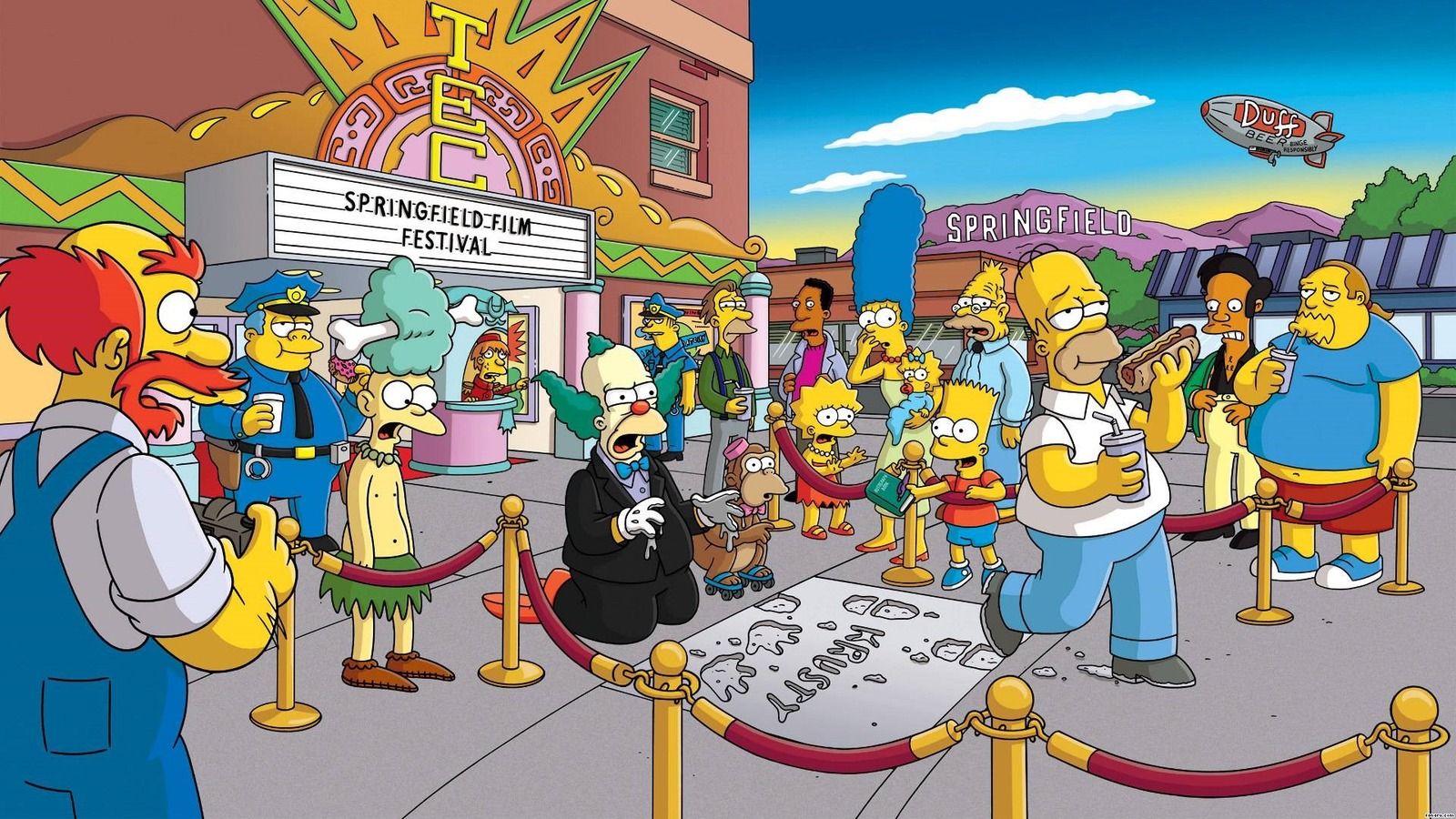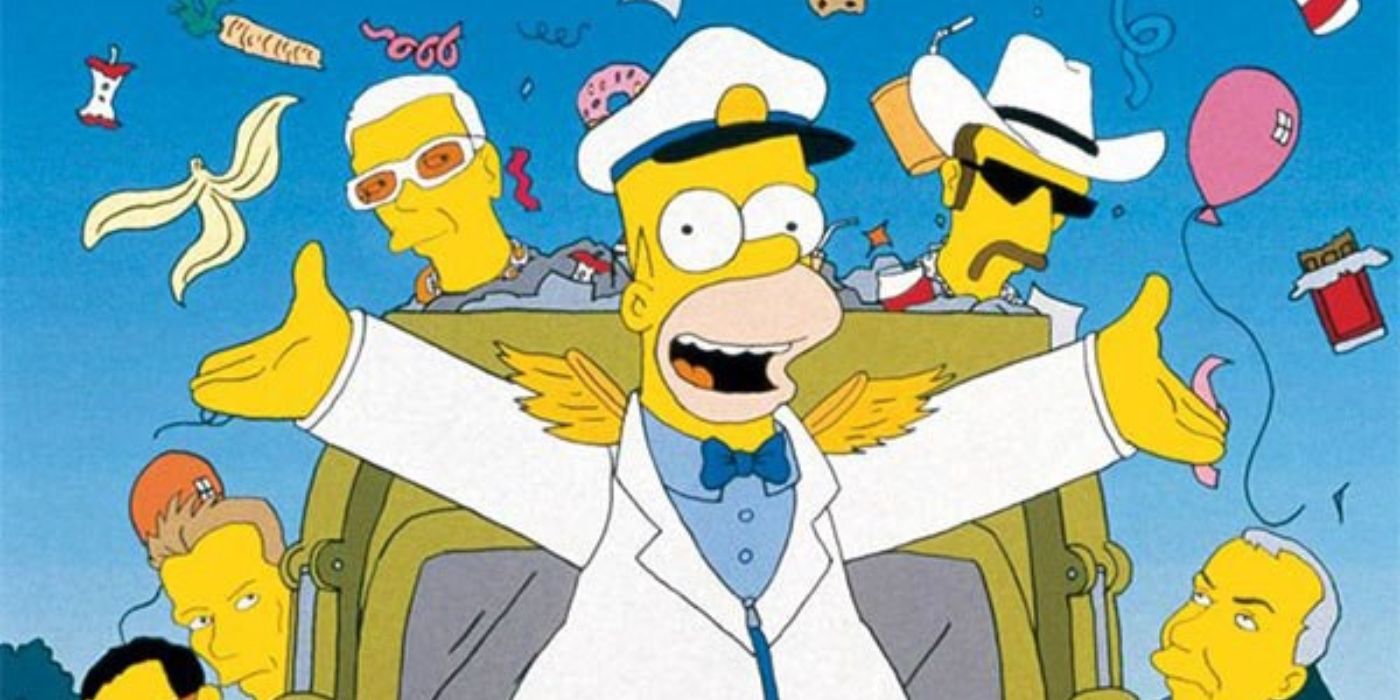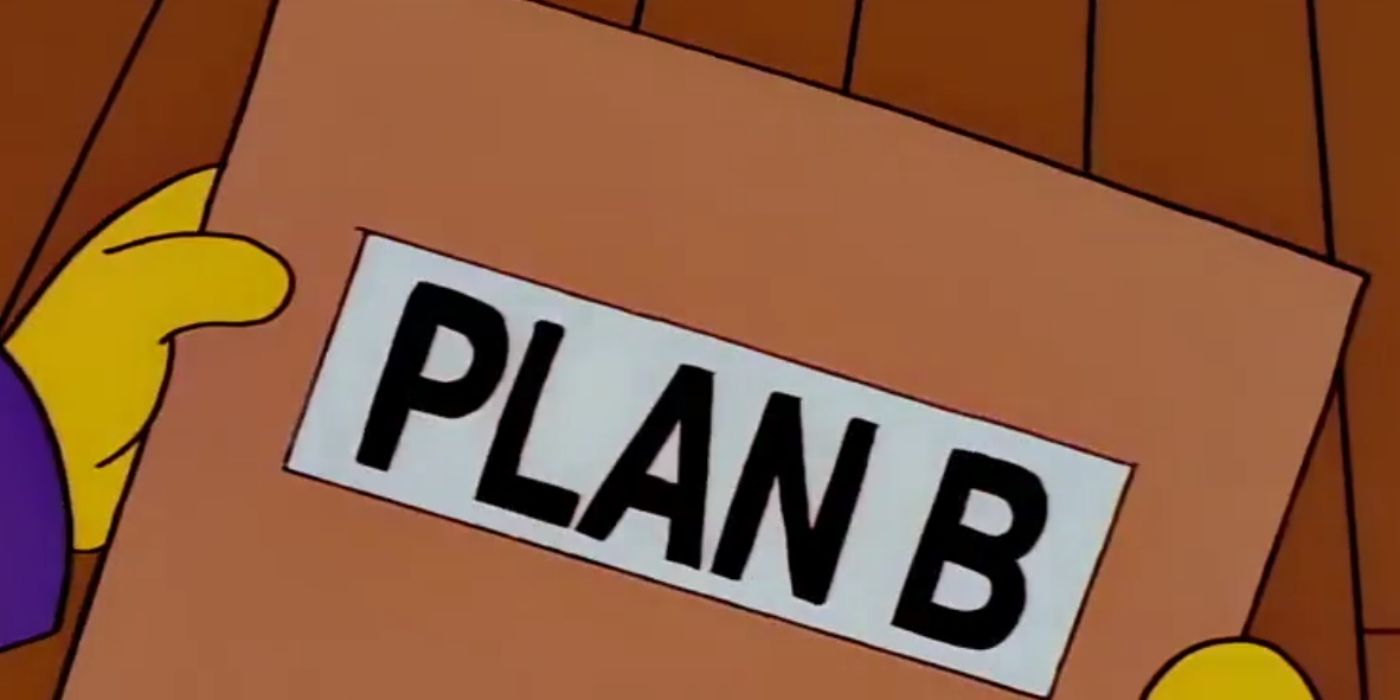The Simpsons has a loose connection to grounded reality as a long-running animated series. This allows for the town of Springfield to shift in location and design for whatever any given episode needs. Buildings swap locations and settings radically change in between episodes. The movie even forgot the name of Moe's Tavern. But one idea might explain a lot of those moments and reflect just how terrible Springfield really is.
A fan theory argues that the town of Springfield is constantly changing location via a method introduced in Season 9. This theory answers a number of questions about the town in relation to the rest of the surrounding world -- especially how Springfield always seems to be somewhere different depending on the episode and why it changes layout regularly.
The fan theory comes from Reddit user motherstep, and centers around Season 9's "Trash of the Titans." The episode sees Homer Simpson running for Sanitation Commissioner of Springfield. After winning the election, Homer proves incredibly inept at the position -- wasting the annual budget in a month. Desperate for money, he ultimately sells other cities the chance to effectively treat Springfield's mines as a massive dump. This works for a while, until the excess garbage overwhelms and covers the city. Rather than clean it up themselves, the town elects to utilize Plan B -- an official backup plan Springfield has agreed to. The plan is relatively simple: the town simply loads every building in town onto a truck and relocates, leaving the former site as a massive dump.
It's one of the darkest things Springfield has ever been shown doing, more or less abandoning a largely ruined swath of land. The implication is that Plan B may have been used before -- which might explain one of the longest-running jokes in the series. For the duration of the show, a frequent gag has been that Springfield's exact location is impossible to pin down. It's always in various states at once, with multiple (and often contradictory) ecosystems and natural landmarks. It can be close to mountains, near oceans, or smack in the middle of nowhere depending on the episode. This gives the town a unique flexibility in terms of tone and setting, and further unmoors the often goofy animated series from reality. Even within the town itself, buildings and businesses seem to change location regularly, explaining how the town can be found all around the nation across the course of the show.
From a creative perspective, this allows the producers of the show to mold Springfield to fit any type of plot or joke they want to utilize (such as an abandoned spinoff). But the fan theory suggests that Plan B might be the in-universe reason Springfield is always changing. The town's casual attitude towards moving every building could be seen as a hint that they've utilized Plan B in the past. The citizens are also well aware of what Plan B entails, suggesting it's become common knowledge to the townsfolk by this point. At the very least, the town moves far enough away that they escape the massive dump they've created. But constantly moving also might be why the town is so often seemingly in different states. It even explains the general looseness of the town's specific geography since buildings are simply planted somewhere different every time.
Springfield apparently embracing a slightly nomadic lifestyle -- and acting almost like a parasitic township -- is even referenced in Season 23's "At Long Last Leave" when the town kicks the Simpsons out. Eventually missing them, they simply relocate the town to The Outlands and rebuild the city from scratch. That might be a reason why the Simpsons and everyone else in the town are able to operate largely free of federal jurisdictions, as their constant shifting from state to state makes it harder to pin down crimes to individuals. Instead, figures like Chief Wiggum effectively control the laws with little impunity as seen in episodes like the "Who Shot Mr. Burns?" two-parter. "Trash of the Titans" quietly explains many of The Simpsons' seemingly contradictory elements, and gives the city a perfectly cruel method of doing so.



